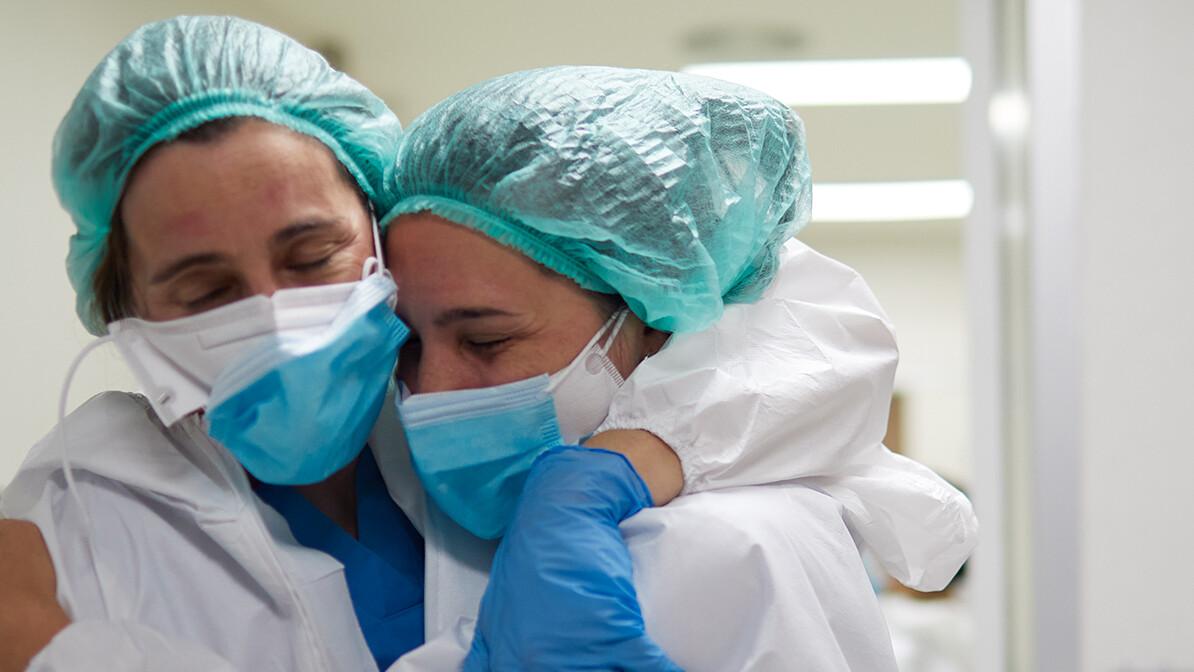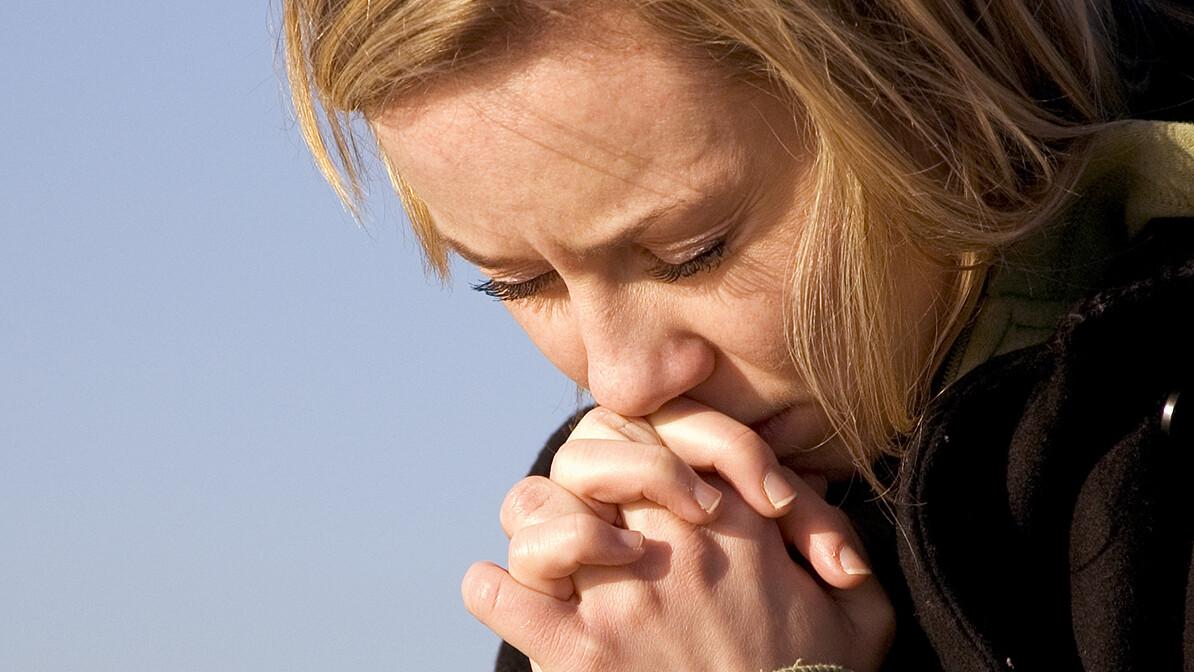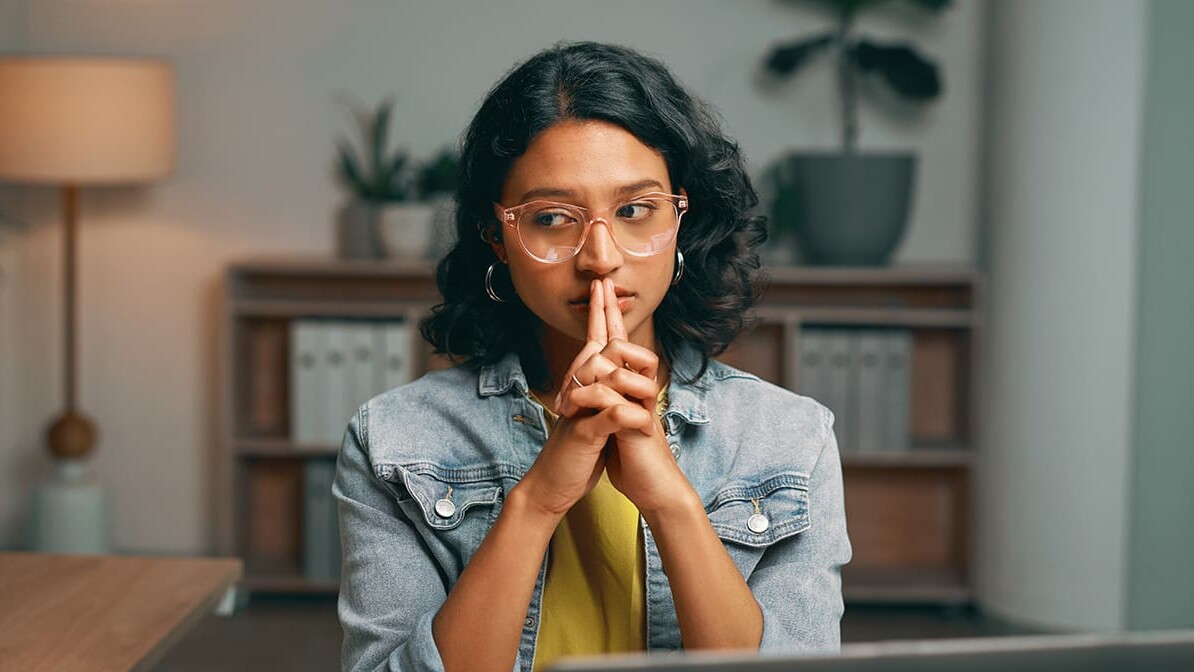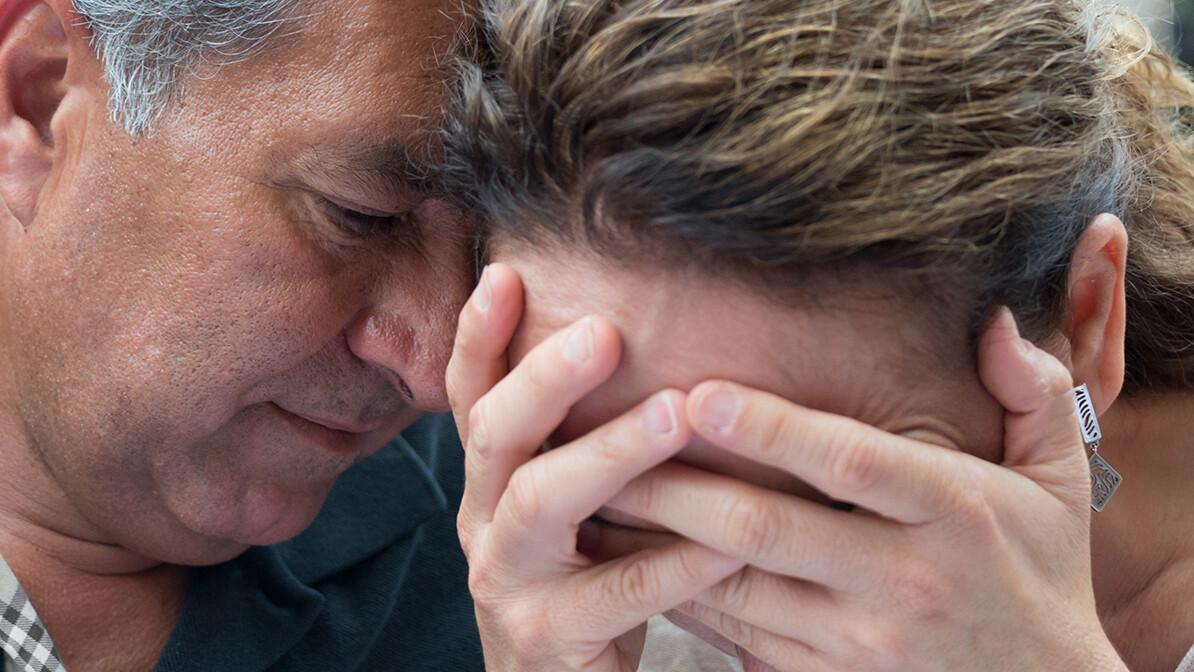
Road Trip: Taking Jesus to the World
CVB: You went on a road trip, which is the name of this book.
Dr. James Ingvoldstad: It was a major road trip and it’s still going on.
CVB: How did it begin? Tell me how it evolved?
James: As a basis, I had medicine and ministry as major interests. I was accepted to divinity school and medical school on the same day.
CVB: Oh really? Okay.
James: I had to make a choice and I chose medicine thinking I could always go to divinity school. I’m not sure that’s true, but I thought so at the time. I thought I would never have another chance to go to medical school. So after 20 years of practice, we were operating one day and a friend of mine said, “What’d you think about the Haiti trip?” I said, “What are you talking about?” He said this woman from an international children’s organization had come to our grand rounds and had been to Haiti. She asked if any of us would be interested to come down to look at setting up some OB GYN clinics.
I said, “Oh, that’s interesting. I missed the grand rounds. Maybe I can plan for something ahead and see what I could fit into the schedule. When are they leaving?” He said in about three days. I said, “Okay.”
Then I had this rumbling in the back of my mind, like in my fraternity days, somebody walking in and yelling “Road trip!”
CVB: Was this before the earthquake?
James: This was in 2001, before the earthquake. So, I went down there and found that Haiti is kind of pass/fail. If you get overwhelmed by the poverty and the hopelessness in your eyes, then you don’t go back. Or you may get there and say, “Okay, I’m hooked,” because you made some connections with the people there and the things they did.
That’s what the book is about, how they minister to us more than us taking good works to them. They integrate and we do some good things, but obviously they have a gift of giving from the heart when they have nothing. There are a lot of religious experiences that you have while you’re there.
I got hooked, so I’d been going down once, twice, maybe three times a year with various groups, our church included. I was actually there during the earthquake, so some of this book is about that. I’m trying to present how the Haitian people in their circumstances were revolutionary to me, rather than me just being there and doing stuff.
CVB: So it all began for you in 2001, but it evolved over time. Why did you keep going back?
James: I learned there was an organization there called Lagonav Haiti Partners – there’s an island called Lagonav in Port-au-Prince Bay and that’s where we go. So I came back and I spoke to my church and several members wanted to go. We started organizing trips and then we partnered with a community in Haiti located up in the mountains. We developed projects with them for clean water, latrines, and school buildings.
They had had a church that had only a five-foot wall around it and their building partner had abandoned them. It was just this big empty space with weeds, and they said they would like to finish building the church. I asked the minister and he thought it would cost about $40,000 to finish the project. At the time we had about $10,000 in the mission budget.
We approached our congregation with a lunch and learn, sharing that we needed $40,000. After the meeting, a woman came up to me and said, “Let’s build us a church!” I said, “Yeah, that’s a good idea.” Then she said, “I’ll put up $20,000 if you can match it.” I knew I had 10, so I’m already halfway there. I only need 10 more. We were able to raise the money and that was the beginning. We’ve done other projects since then and every year there’s something new or different that goes on.
CVB: So, this is not only medical missions, it’s all kinds of different ministry.
James: There are all kinds of missions there. In addition to working with Lagonav Haiti Partners, which is a conglomeration of about 15 churches in the southeastern U.S., we also have another organization called Childspring International, that brings kids from third world countries to the States for pro bono surgeries and stuff. Sometimes I help facilitate that and my wife is a board member of that organization.
CVB: I’ve had people say to me, “Why go outside the country? Why not take care of your own?” Does it have to be either/or? How do you answer that question?
James: I answered it, “I don’t know.” It’s a good question. I had a gut feeling on the Haiti trip and it connected obviously. It’s not like we’re abandoning other things in our own practice. We take care of indigent patients to some degree and then there is a hospital where they can go. They are not as destitute, even though there is a need. I think sometimes you just have to fulfill a different need.
CVB: So you were there during the massive 2010 earthquake. Tell me about that day and what happened with you?
James: We were on the island of Lagonav, which is a 20-minute flight from the mainland. Our little Island was shaking, things were falling off her balcony, and the buildings were rattling. When we figured out what was happening, we ran downstairs to get out into the open and wait for it to pass. We looked around and there were a few cracks in buildings, but nothing much. But communications were cut off. We heard that there was some damage in Port-au-Prince and the airport was shut down. I thought maybe we were here a few extra days, but then we got some satellite things working again. We looked on the TV a day later and we saw what was going on. I thought, “Oh my gosh, this is big.”
There were 12 of us and we were scheduled to go home on Thursday. The earthquake happened on Tuesday. We had a satellite radio that we could use and an AT&T phone that had intermittent connections back to the States. Finally, we arranged for an airplane to fly from the States that could land on the beach on our little Island. It was like a war zone. Anything kind of goes now.
CVB: Exactly. All bets are off.
James: Right. So, they landed the planed and were going to take us back home. That was when I decided I needed to stay and do what I could do there. If I went home, I would probably be trying to get back down there – which probably wouldn’t happen. So why not just stay? I share in the book that we went over to Port-au-Prince and set up some freestanding clinics. Then we spent a day at Carrefour where a major epicenter was.
Since then, the adventures have not been quite so dramatic.
CVB: As you said, after the earthquake you went to the main Island. Now, you’re an OB GYN. So that was not exactly the need at that time.
James: That is not the need at that time.
CVB: So, did you go into triage mode? What was your role? What did you do?
James: Luckily, I had a physician assistant who was spending a year of missionary work on Lagonav at the hospital that’s there. She, along with another nurse and I went over. I could do lacerations, obviously, but we also had a lot of fractures. So, she taught me how to set fractures of the legs. A couple other surgeon came over from the U.S. and joined us, so we set up out in the field like a M.A.S.H. unit.
CVB: So, you almost became a medical resident again.
James: Yeah. I was flashing back to my University of Iowa training days and my rotating internship.
CVB: Now we’re going to do orthopedics!
James: Now we’re doing ortho. Now we’re doing surgery. Now we’re doing ER. So, it was fortunate that I had that training, even though it was 40 years earlier.
…
Order your copy of Road Trip: One Doctor’s Call to Haiti
Trending Now
Sign up today for your Inspiration Today Daily Newsletter
Supercharge your faith and ignite your spirit. Find hope in God’s word. Receive your Inspiration Today newsletter now!
Dr. Craig von Buseck
Dr. Craig von Buseck is an award-winning author. Learn more at vonbuseck.com
Related Articles
April 18, 2024
Have You Ever Said, ‘God, Please Help Me’?
“Pray. Just pray.” What happens when the words won’t come? How do you begin to pray? Rest assured.…
April 15, 2024
I Want to Live
What does God do with a good ol’ southern boy taken captive by the demon of alcohol? He meets him…
April 9, 2024
Pregnancy and Infant Loss: Helping Grieving Families Part 1
When you consider that one in four American women experience the grief of…
Next Steps To Strengthen Your Walk
Submit A Prayer Request
We are here for you. Simply click on the button below to reach us by form, email or phone. Together we will lift our hearts and voices with you in prayer.
Partner WIth Us
Sow a seed of faith today! Your generous gift will help us impact others for Christ through our global salvation outreach and other faith based initiatives.
Inspiration TV
Watch Christian content from your favorite pastors, christian movies, TV shows and more.






